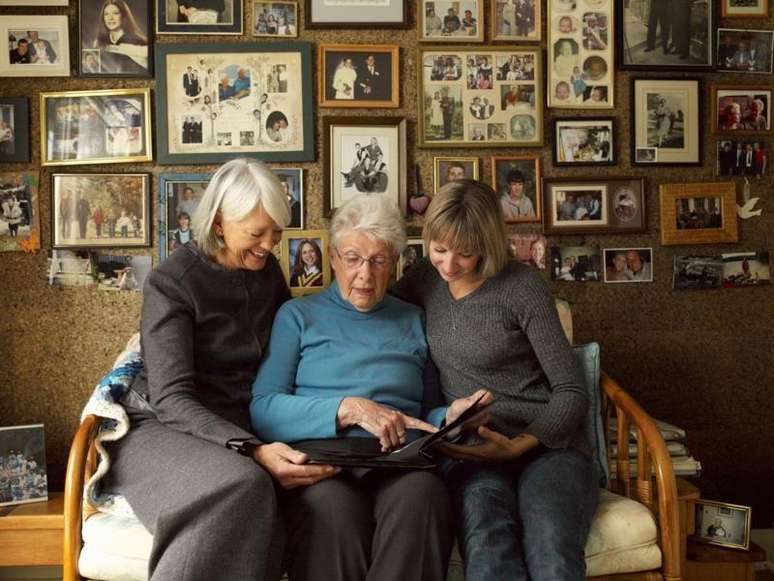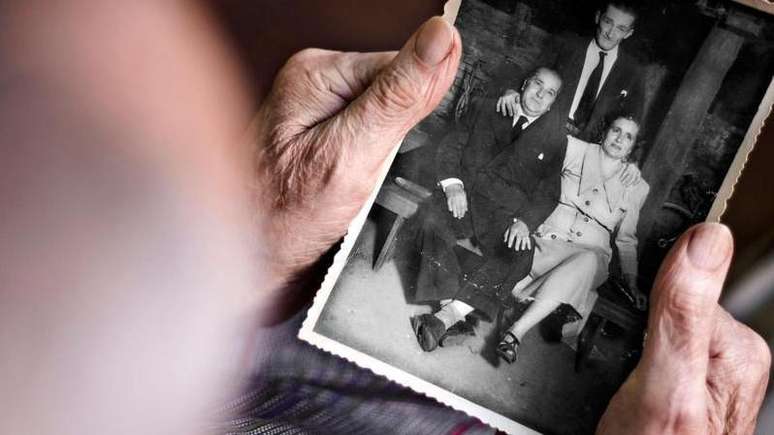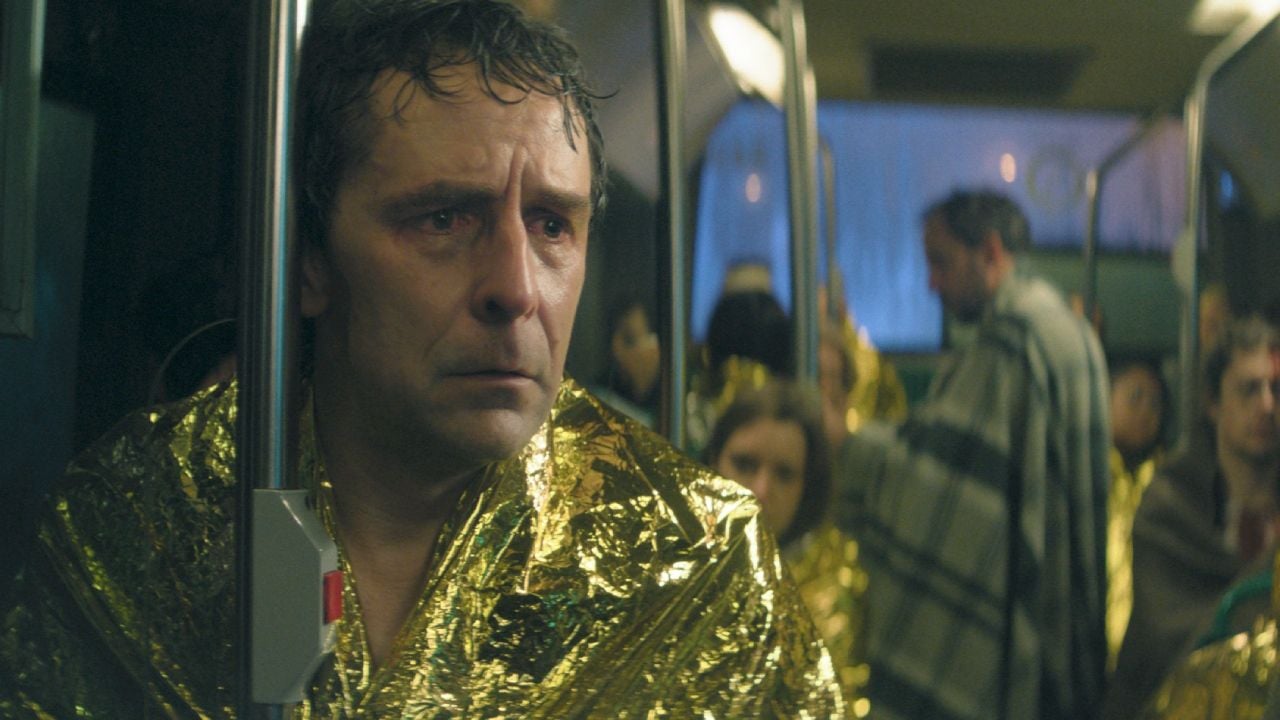Just about 100 years ago, nostalgia wasn’t just an emotion: it was an illness.
Nostalgia doesn’t have a good reputation, especially given its recent influences on politics and society. It is claimed that this emotion convinces, deludes and fascinates people when making electoral decisions.
Let’s take Brexit as an example. The decision of British voters is accused of “nostalgia for the past”. And Donald Trump’s slogan, “Make America Great Again,” is perhaps the best summary of the political power of nostalgia.
Nostalgia seems especially powerful in politics these days. But the history of this emotion is long and troubled.
As I explain in detail in my new book, Nostalgia: A Story of a Dangerous Emotion (“Nostalgia: story of a dangerous emotion”, in free translation), there are few feelings so omnipresent and, at the same time, difficult to identify as nostalgia.
One reason may be that, more than other emotions, nostalgia has undergone a particularly radical transformation over the past three centuries. And just about 100 years ago it wasn’t just an emotion: it was an illness.

The term “nostalgia” was coined and used as a diagnosis in 1688 by the Swiss physician Johannes Hofer (1669-1752).
Derived from the Greek nostos (“homecoming”) and álgos (“pain”), the term designated a mysterious illness, a sort of pathological nostalgia.
In patients it caused psychological disorders such as lethargy, depression and confusion. But there were also physical symptoms, such as heart palpitations, open wounds and sleep disturbances.
It was believed that nostalgia was a serious and difficult disease, almost impossible to cure. It could be fatal for the unfortunate victims, who slowly died of starvation.
Because it was first identified in Switzerland, it was believed to be a condition specific to that country. After all, Switzerland is so beautiful, its air is so refined, that anyone leaving the country would run the risk of suffering serious physical consequences.
Students, mercenaries, and servants were reportedly the most vulnerable: young people who had been removed from home and who might have difficulty returning.
Nostalgia spread beyond the Alps, but soon reached the rest of Europe: a true emotional pandemic, with notable peaks in autumn, when falling leaves led the melancholic to think about the passage of time and their own mortality.
In 1781, doctor Robert Hamilton (1749-1830), originally from the English town of Ipswich, was working in a barracks in the north of England when he encountered a troubling case of homesickness.

A soldier who had recently joined the regiment went to see Hamilton on orders from his captain. In the army for a few months, he was young, handsome and “ready for duty”.
But “melancholy hovered over his face and pallor dominated his cheeks.”
The soldier complained of “a universal weakness”: ringing in the ears and dizziness in the head. He slept poorly and refused to eat or drink.
The young man sighed deeply and frequently. Apparently, something was really bothering his mind.
No treatment was successful and he was admitted to hospital. The soldier remained bedridden for about three months and was increasingly wasting away.
The sick man was struck by fever and spent the nights drenched in sweat. Hamilton expected the worst and considered it a lost cause.
One morning, one of the nurses told Hamilton that the soldier talked obsessively about his home and his friends. The young man has repeatedly commented on his desire to return home since he arrived at the hospital.
When Hamilton visited the patient, he asked him about his place of origin, Wales. The soldier reacted with real enthusiasm, became obsessive and couldn’t stop talking about the glories of the Welsh valleys.
The young man asked Hamilton if he would let him go home. The doctor promised that as soon as the soldier’s physical condition improved, he could return for a six-week leave.
The patient recovered immediately. And the young soldier, frankly recovered, set off at full speed for Wales.

Nostalgia for the ships that transported African slaves to North America spread from Europe.
At that time, it had not yet been positively associated with the common self-tolerance that is common today. Nostalgia had the power to kill and disable people. He was taken very seriously.
In fact, it was a major cause of non-combat death during the American Civil War (1861-1865). And the last recorded casualty of nostalgia was private combat on the Western Front in 1917.
In the 20th century, nostalgia has undergone changes. It differentiated itself from homesickness and transformed, first into a psychological disorder and then into the emotion we know today.
But early psychoanalysts took a distorted stance toward nostalgia and people prone to it. They were considered neurotic, backward, overly sentimental and incapable of dealing with reality.
On the eve of the Second World War they were wary of patriotism: “why does an old country, with an often sad and miserable existence, become a fantasy land for the victims of nostalgia?”
But the psychoanalysts themselves were also snobs. They believed that nostalgia was more common among the “lower classes” than among the cosmopolitan elite.

These views, although no longer held by therapists or psychologists, still prevail in political discussions of nostalgia. Indeed, nostalgia’s current reputation, particularly in relation to its influence on politics, culture and society, is not something so romanticised.
In 2016, for example, nostalgia was presented as an explanation for two major electoral events: Donald Trump’s presidential victory in the US and the Brexit vote in the UK.
But when journalists and critics used nostalgia to explain these catastrophic geopolitical moments, they often considered it a kind of diagnosis, a response to explain seemingly irrational or non-standard political decisions.
In the words of historian Robert Saunders, in relation to Brexit, the debate defined the vote to leave the European Union as “a psychological disorder: a pathology to be diagnosed rather than a topic to be discussed”.
Maybe nostalgia is no longer a disease, but it hasn’t lost all its old associations yet. For many it remains an explanation for the political decisions made by some, considered less progressive and more irrational.
Although it is no longer deadly, it remains a dangerous emotion.
* Agnes Arnold-Forster is a Research Fellow in the History of Medicine, Emotions and Modern British History at the University of Edinburgh, UK.
This article was originally published on the academic news website The conversation and republished under a Creative Commons license. Read the original English version here.
Source: Terra
Ben Stock is a lifestyle journalist and author at Gossipify. He writes about topics such as health, wellness, travel, food and home decor. He provides practical advice and inspiration to improve well-being, keeps readers up to date with latest lifestyle news and trends, known for his engaging writing style, in-depth analysis and unique perspectives.








